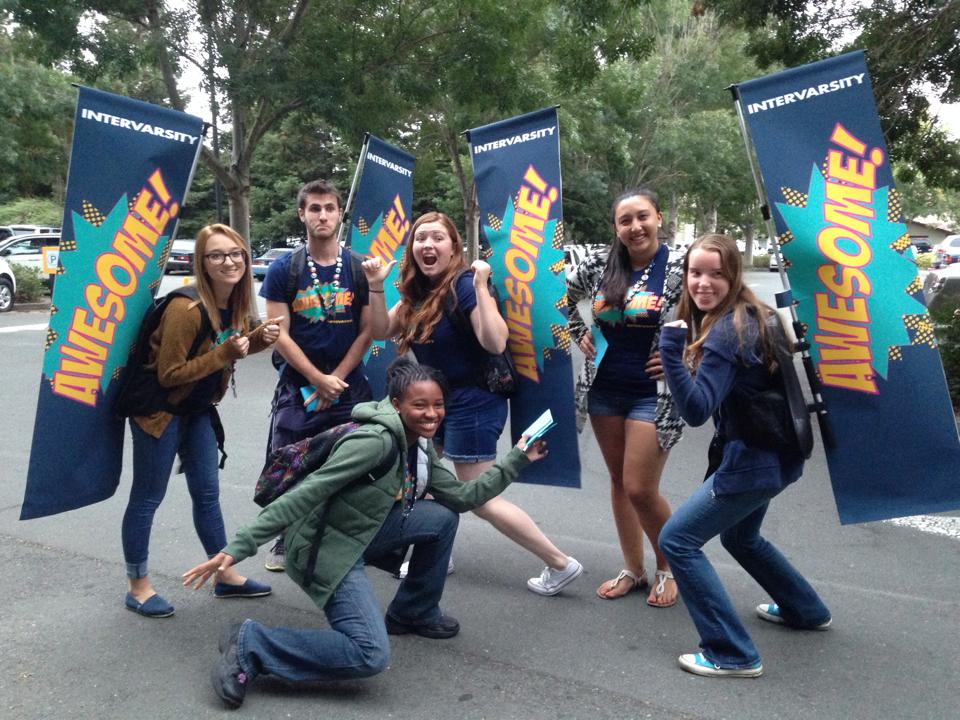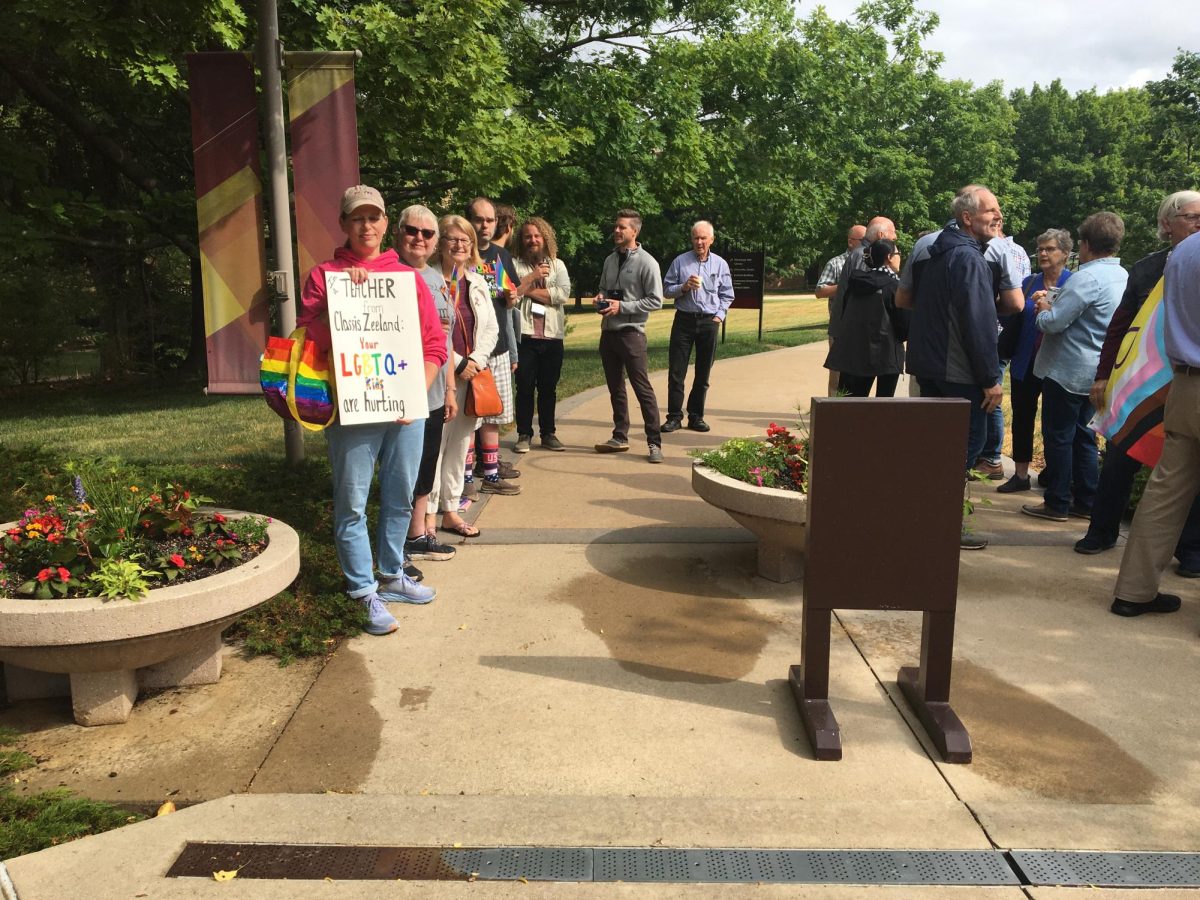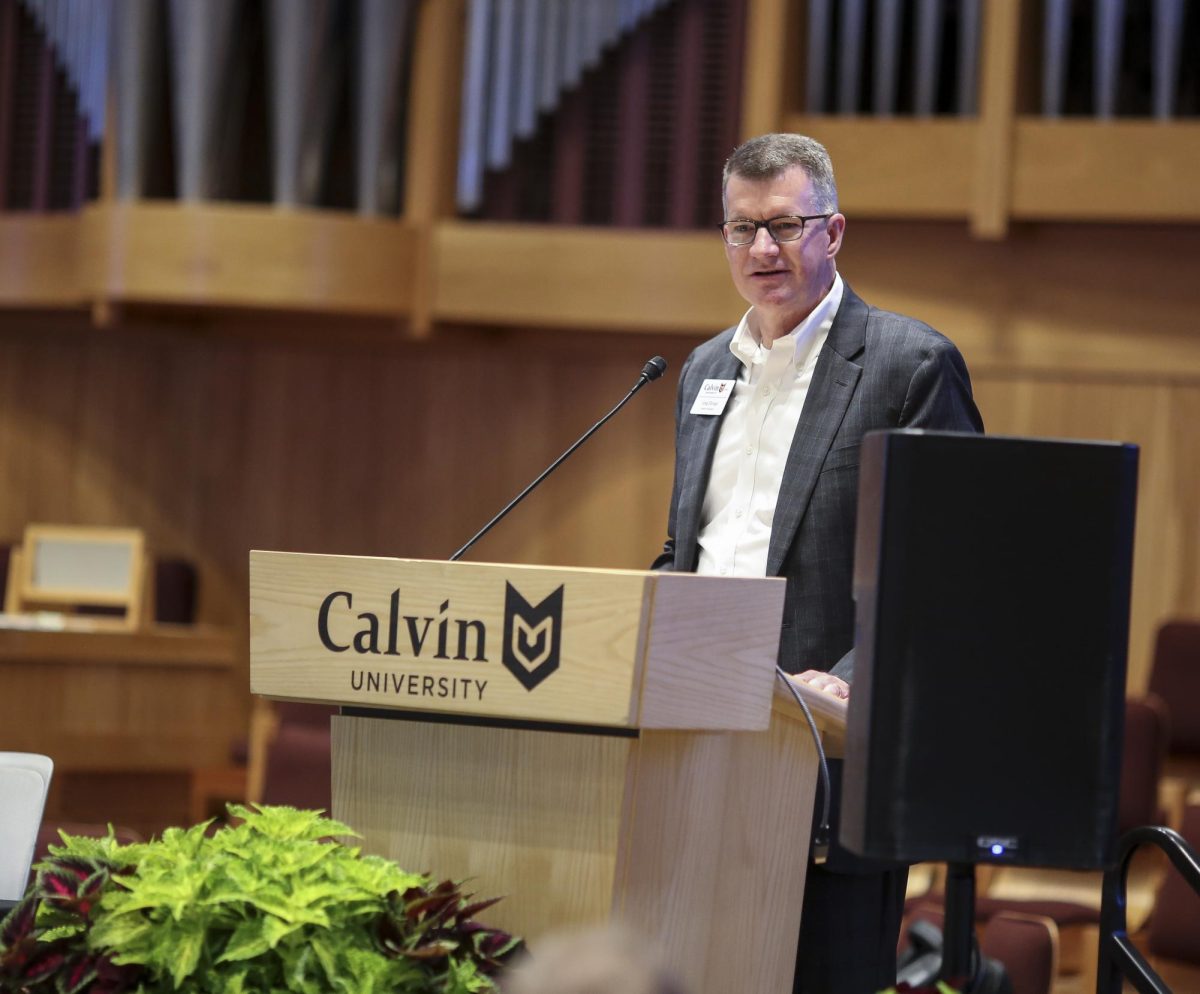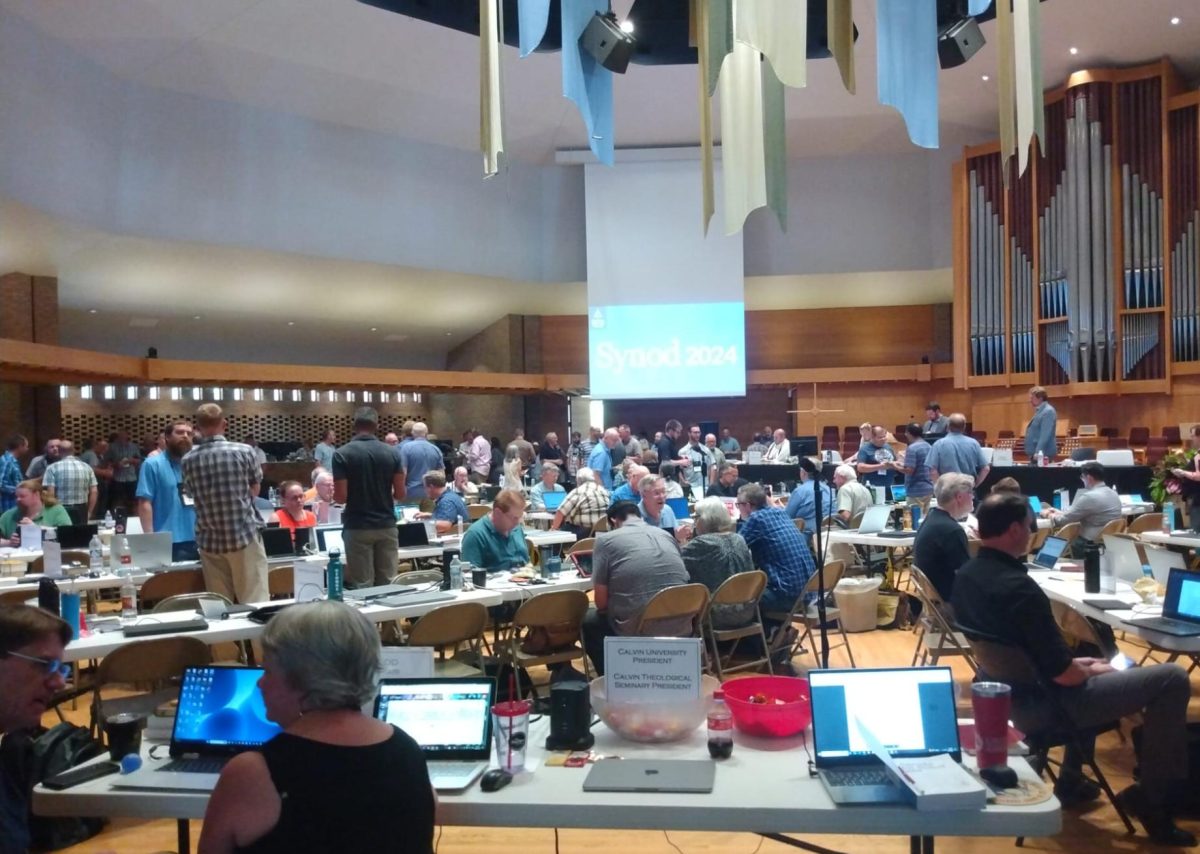InterVarsity, a well-established youth ministry organization, lost recognition at California State University effective the 2014-2015 school year.
This is due to the organization’s policy that its leaders must agree to a Christian doctrine. The university believes the stance is in offense of the 2010 ruling that a public university can deny recognition to student organizations that are discriminatory. This includes religious organizations.
Although InterVarsity welcomes all students to be involved, it requires leaders to adhere to Christian doctrines.
InterVarsity began as a movement in England in 1877, making its way to Canada in 1928 and to the U.S. in 1938.
While over 40 colleges have questioned the organization in terms with the new law, the University of California is the largest university to not recognize the organization. This affects InterVarsity’s involvement on 23 campuses around California.
University spokesman Mike Uhlenkamp said they gave InterVarsity a year to change their policies, and they did not comply with the law.
“They can’t ask their leaders or members to sign a statement of faith,” he said. “We have not asked them to leave the campuses. There’s no ban on them. They’re actually welcome on campus. The idea that they would not be recognized is what’s at stake.”
The organization released a statement on Sept. 9, 2014, that outlined a plan of procedure saying the organization is “forced to find new ways to operate in California.”
The statement outlines the ways that InterVarsity has already been successful and says they will continue to do their work outside the institutional recognitions.
Greg Jao, InterVarsity’s national field director, said in the Sept. 9 statement that the challenge of lack of campus access will “give this generation of students an opportunity to reinvent campus ministry. Even as we use new tools and techniques, we remind students that effective ministry is ultimately relational. It’s about students inviting other students to follow Jesus.”
While the organization remains hopeful they will be able to continue to do their work, they have lost access to significant resources, like university funding, college fairs and other college recruitment avenues.
The organization will rely more heavily on recruitment methods that do not require university outlets, such as social media, mobile banner stands and interactive displays.







